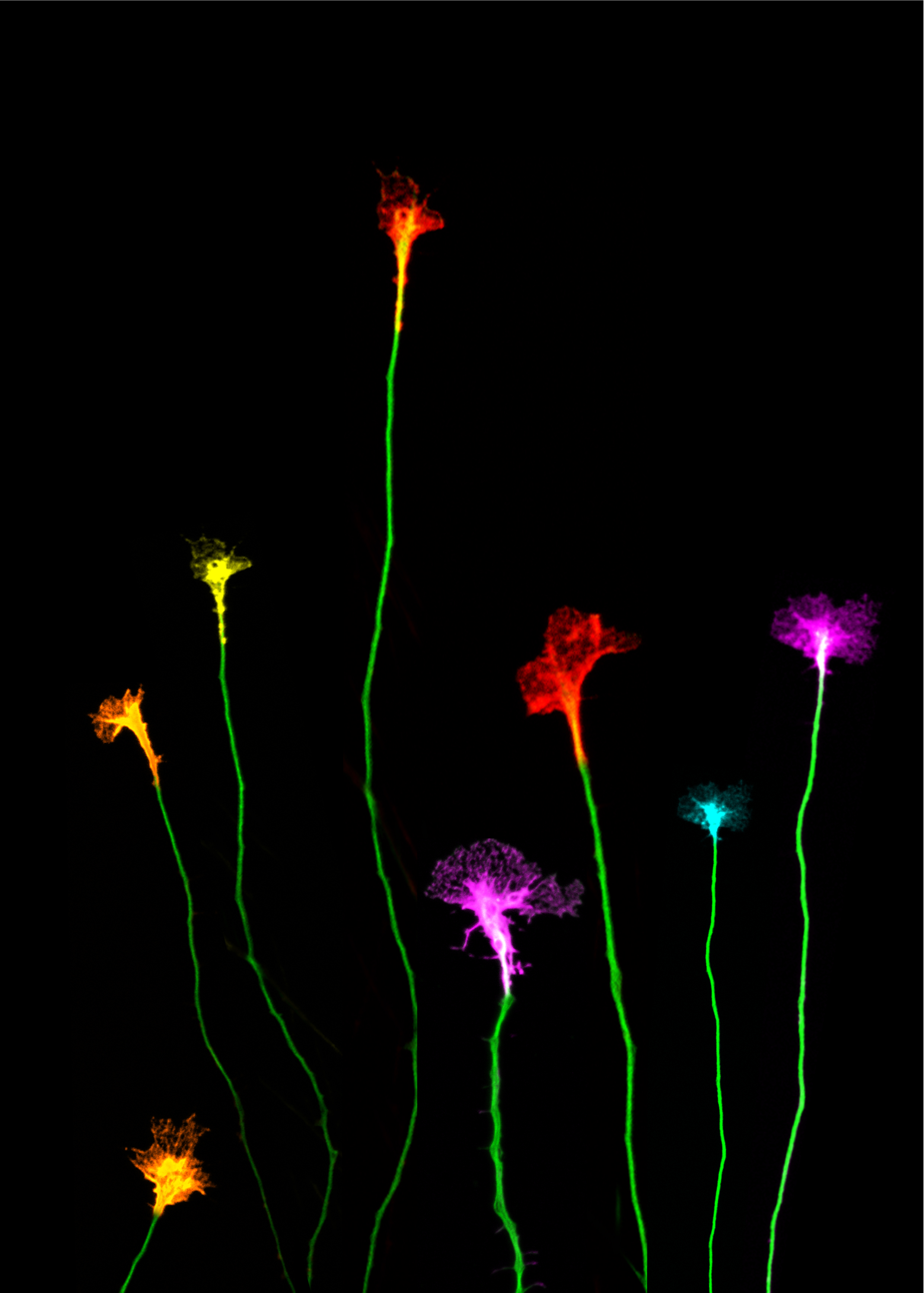
- Tipo de expresión:
- Doctorado: Propuesta de dirección de tesis doctoral/temática para solicitar ayuda predoctoral ("Hosting Offer o EoI")
- Ámbito:
- Neurociencias
- Área:
- Vida
- Modalidad:
- Ayudas para contratos predoctorales para la formación de doctores (antiguas FPI)
- Referencia:
- 2023
- Centro o Instituto:
- INSTITUTO DE NEUROCIENCIAS
- Investigador:
- ELOISA HERRERA GONZALEZ DE MOLINA
- Palabras clave:
-
- Ensamblaje de los circuitos neuronales, sistema visual, vision, mielinización
- Documentos anexos:
- 605591.pdf
PRE2023-Impacto de la actividad perinatal en el ensamblaje y la mielinización de los circuitos neuronales-PID2022-138245NB-I00
Shight is by far the most important sense in humans. Up to 80% of the sensory information we obtain from the environment comes from the eyes. From basic functions such as finding food, to establishing relationships with other individuals of our species, our ability to see is vital for many of the activities we carry out on a daily basis. ThOur ability to see is vital for many of the activities we perform on a daily basis, such as finding food, establishing relationships with our peers or staying safe. The human brain devotes more space to the processing and storage of visual information than to the rest of the senses combined, highlighting the importance of vision in our species. In bilaterally symmetrical species, brain function and motor coordination depend on the interconnection and perfect coherence of the different sensory circuits at both sides of the brain. The visual system is not an exception and visual information is perceived by both eyes and bilaterally transmitted to the brain through the axons of the retinal ganglion cells (RGCs). RGCs from each eye project their axons to both hemispheres, allowing information from both eyes to be compared in each cerebral hemisphere and leading to the generation of three-dimensional images.
In mammals, the majority of the RGC axons cross the midline at the level of the optic chiasm to project to the opposite side of the brain, while an smaller population of ganglion cells project ipsilaterally to the same hemisphere.
Additional information
Contact with this unit